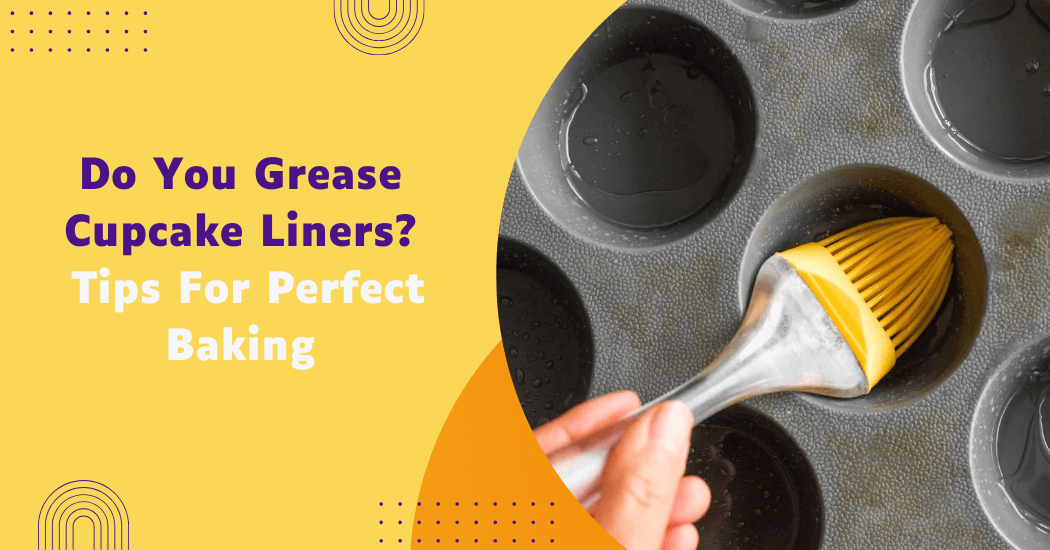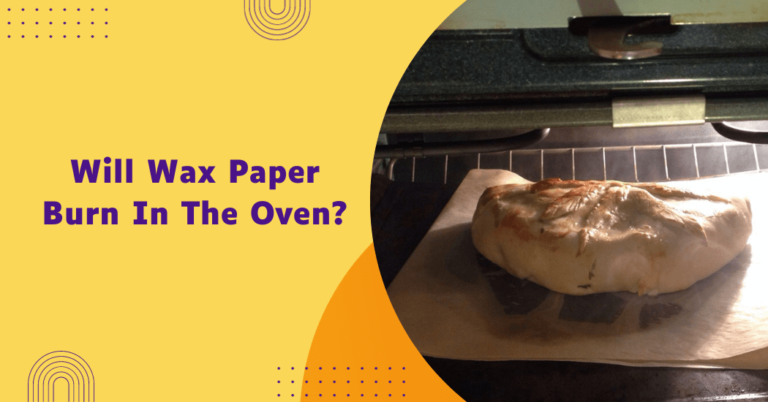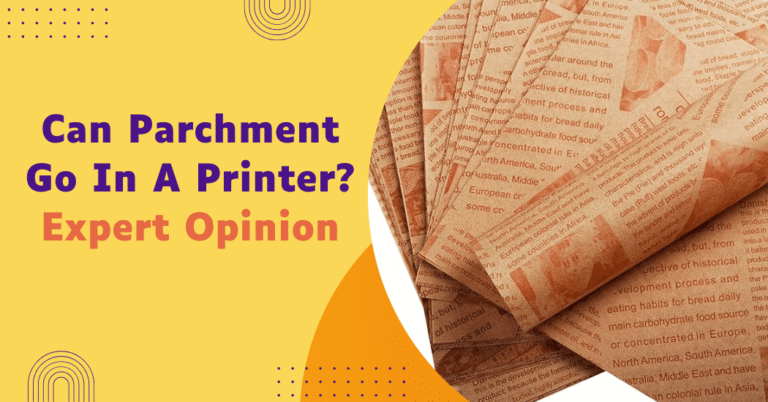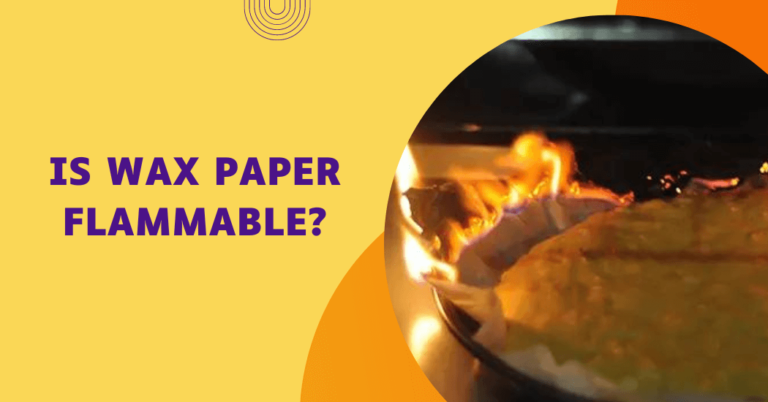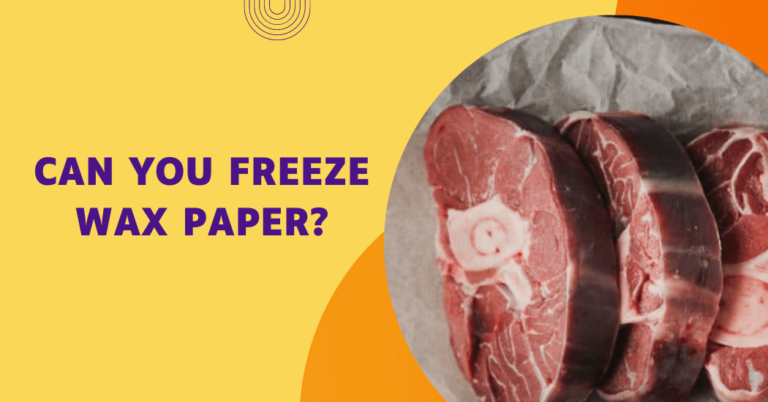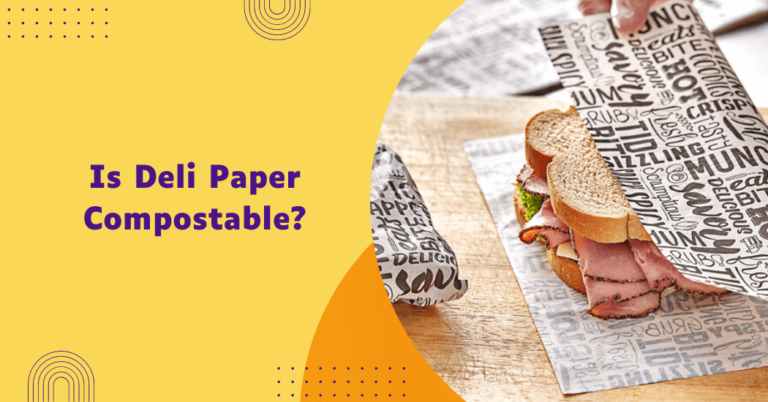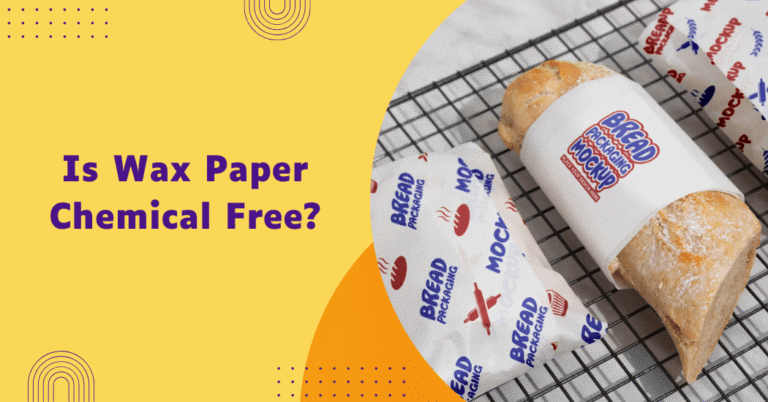Do you grease cupcake liners?
When baking cupcakes, one question that often arises is whether or not to grease the cupcake liners. This may seem minor but can significantly impact the final result of your baked goods.
Greasing the liners can prevent cupcakes from sticking, ensuring that they come out perfectly shaped and easy to handle.
On the other hand, some argue that the liners are designed to be non-stick and that adding grease is unnecessary. Delving deeper into this topic reveals various approaches and preferences, influenced by the type of recipe, the ingredients used and personal baking experiences.
Greasing Cupcake Liners
The answer to whether you should grease cupcake liners largely depends on the type of liners and the specific recipe you are using.
Generally, if you are using high-quality paper liners or silicone liners, you do not need to grease them. These liners are designed to be inherently non-stick and greasing them could lead to greasy cupcakes that do not rise properly.
However, if you are using cheaper or decorative paper liners, adding a light coating of non-stick spray can help ensure that your cupcakes release smoothly and maintain their perfect shape.
Additionally, if your recipe is particularly sticky or low in fat, greasing the liners might be beneficial. Ultimately, it’s a matter of personal preference and experience, so feel free to experiment with different methods to achieve your ideal cupcake-baking results.
Factors Influencing the decision to grease cupcake liners
Several factors can influence whether or not you should grease your cupcake liners, each contributing to the final texture, appearance and taste of your cupcakes.
- Type of Recipe: Some recipes, particularly those with a higher sugar content or dense batters, might be more prone to sticking. On the other hand, lighter, oil-based batters often don’t require any additional grease.
- Quality of Liners: As mentioned earlier, high-quality paper liners or silicone liners are typically non-stick and don’t need greasing. However, cheaper, thin or decorative liners may benefit from a light coating of non-stick spray or a brush of melted butter or oil.
- Ingredients Used: The fat content in your batter plays a crucial role. Recipes with higher fat content, either from butter, oil or eggs, usually release more easily from liners. Conversely, low-fat recipes might stick more and could benefit from greased liners.
- Baking Experience: Personal preferences and past baking experiences can significantly impact the decision-making process. Seasoned bakers may have their go-to methods based on what has consistently worked for them, whereas novice bakers might be more experimental.
- Purpose of Baking: The context in which you are baking can also influence your decision. For example, if you are baking for a special occasion and presentation is key, ensuring a smooth release from the liners might be more important than if you are baking a casual batch for family consumption.
By considering these factors and perhaps experimenting a bit, you can refine your technique to consistently produce perfect cupcakes that meet your standards.
Pros of greasing cupcake liners
- Ease of Removal: Greasing cupcake liners can make it significantly easier to remove the cupcakes without leaving any crumbs or bits in the liner. This is especially helpful for sticky or dense recipes.
- Preservation of Shape: When cupcakes stick to the liners, they often come out in pieces, ruining their perfect shape. Greasing ensures that the cupcakes release smoothly, maintaining their structure and presentation.
- Enhanced Moisture: Some bakers argue that a light coat of grease can add a layer of moisture to the cupcake, preventing it from drying out during baking and storage.
- Uniform Texture: Greasing helps in achieving a more uniform texture across the cupcake’s surface, avoiding any rough or uneven areas that might come from sticking to the liner.
- Versatility Across Recipes: For recipes with lower fat content or those that are inherently more sticky, greasing cupcake liners can be a crucial step to ensure success, making it a versatile technique for various types of batters.
Cons of greasing cupcake liners
- Extra Step: Greasing cupcake liners adds a step to the baking process, which can be time-consuming and messy.
- Greasy Cupcakes: If not done correctly, greasing a liner can result in a greasy cupcake that does not rise properly and can have an unappealing texture.
- Possible Waste: Using non-stick spray or butter to grease liners can lead to waste, adding unnecessary costs or environmental concerns.
- Unnecessary with High-Quality Liners: As mentioned earlier, high-quality paper liners or silicone liners are designed to be non-stick and do not require any added grease.
- Inconsistent Results: Greasing cupcake liners may not work consistently across all recipes and batters, leading to varying results and an unreliable technique for achieving perfect cupcakes.
Expert opinions and recommendations
When it comes to the question of greasing cupcake liners, expert bakers and chefs provide diverse opinions and recommendations, often based on their extensive experience and understanding of baking science. Here’s what some of the experts have to say:
- Mary Berry, Renowned British Baker: Mary Berry suggests that with high-quality paper liners or non-stick silicone liners, there is no need to grease them. She emphasizes the importance of investing in good baking tools to ensure consistent results, noting that a well-made liner should suffice without additional greasing.
- Paul Hollywood, Celebrity Baker: Paul Hollywood advocates for the careful consideration of the recipe at hand. For lighter, oil-based batters, he finds no need for greasing. However, for rich, dense batters, especially those with high sugar content, he agrees that a minimal amount of greasing can prevent sticking and improve the cupcake’s shape and texture.
- Sally McKenney, Founder of Sally’s Baking Addiction: Sally shares that she only greases liners for specific low-fat recipes or when using decorative paper liners. She mentions that greasing can sometimes interfere with the rise and structure of the cupcake, so she prefers to rely on high-quality liners for most of her baking.
- Duff Goldman, Professional Pastry Chef: Duff Goldman recommends a pragmatic approach: always test your liners with your batter before a significant bake. He points out that while some professional kitchens may not grease liners, home bakers often find it useful for ensuring perfect presentations, especially in cupcakes designed for special occasions.
- King Arthur Baking Company, Baking Experts: The team at King Arthur Baking Company highlights that the decision to grease should be tailored to the desired outcome. For moist, fluffy cupcakes, they suggest avoiding greasing as it might hinder proper rising. Conversely, for dense, sticky batters, light greasing can facilitate better release and maintain the cupcake’s integrity.
Practical tips to keep cupcakes from sticking to paper liners
| Tip | Description |
|---|---|
| Use quality liners | Invest in high-quality paper or silicone liners to reduce the need for greasing and ensure non-stick results. |
| Grease for dense batters | For recipes with thick, sticky or high-sugar content batters, lightly grease the liners to facilitate easy removal and maintain the cupcake’s shape. |
| Test before large bakes | Conduct a trial bake to see if greasing is necessary for your specific batter and liners, ensuring perfect results for significant occasions. |
| Apply minimal grease | If greasing is required, use a light coat of non-stick spray or melted butter to avoid greasy cupcakes and ensure a consistent rise. |
| Check recipe recommendations | Follow the recipe’s specific instructions regarding greasing liners, as some may provide guidance based on the type of batter and desired texture. |
| Use parchment liners | Consider using parchment paper liners, which are naturally non-stick and often do not require greasing. |
| Monitor oven temperature| | Ensure your oven is properly calibrated, as the correct temperature can impact the sticking of cupcakes to the liners. |
| Let cupcakes cool | Allow cupcakes to cool in the pan for a few minutes before removing them; this can help reduce sticking without the need for greasing. |
| Store cupcakes carefully | Store cupcakes in an airtight container to prevent them from becoming dry or sticking to the liners. |
FAQs – Greasing cupcake liners
What happens if I don’t grease cupcake liners?
If you don’t grease cupcake liners and the liners are not non-stick or the batter is dense and sticky, the cupcakes may stick to the liners, making them difficult to remove in one piece.
Can greasing liners affect the rise of my cupcakes?
Yes, greasing liners can sometimes affect the rise and texture of the cupcakes. Excess grease can prevent the batter from sticking to the liner as it rises, potentially resulting in a denser cupcake.
Are there recipes that specifically require greased liners?
Yes, some recipes, particularly those with low-fat or high-sugar batters, may perform better with greased liners to prevent sticking and maintain the cupcake’s shape.
Can I use parchment paper liners without greasing?
Parchment paper liners are naturally non-stick and often do not require additional greasing, making them a great alternative for easier cupcake removal.
How can I test if I need to grease cupcake liners?
Conduct a trial bake with a few cupcakes to see if they stick to your liners. This will help you determine whether additional greasing is necessary for your specific batter and liners.
Can greasing liners cause greasy cupcakes?
If you over-grease liners, it can lead to greasy cupcakes with an unappealing texture. Using a light coat and evenly distributing it can help avoid this issue.
Conclusion
The decision to grease cupcake liners largely depends on the specific recipe and personal preference. For lighter, oil-based batters or when using high-quality non-stick liners, greasing is generally unnecessary and can be avoided.
However, for dense, sticky batters, particularly those with high sugar content, lightly greasing the liners can ensure better release and maintain the cupcakes’ shape and texture.
It is advisable to conduct trial bakes and follow recipe-specific recommendations to achieve optimal results. Ultimately, understanding the nature of the batter and investing in good baking tools will guide you in making the best choice for perfect cupcakes every time.
